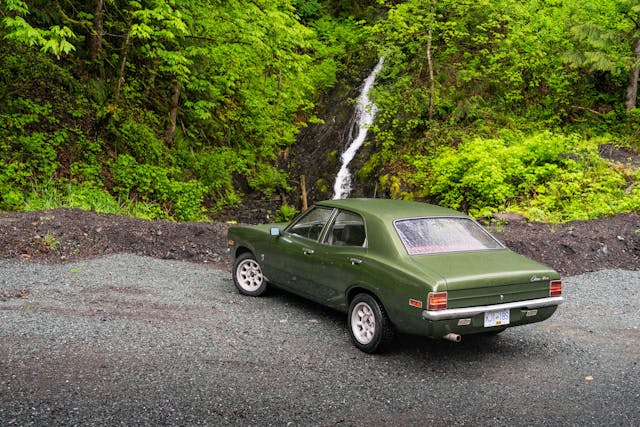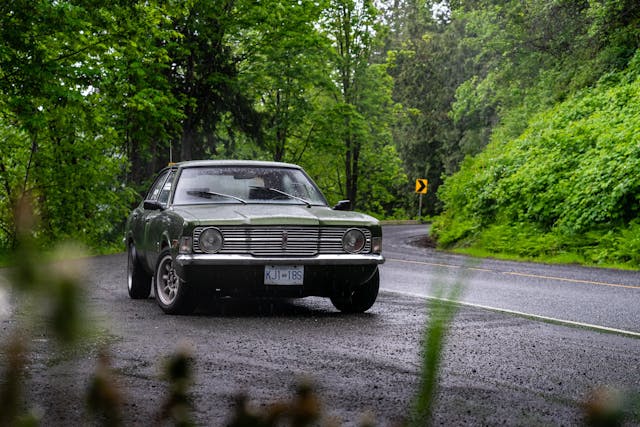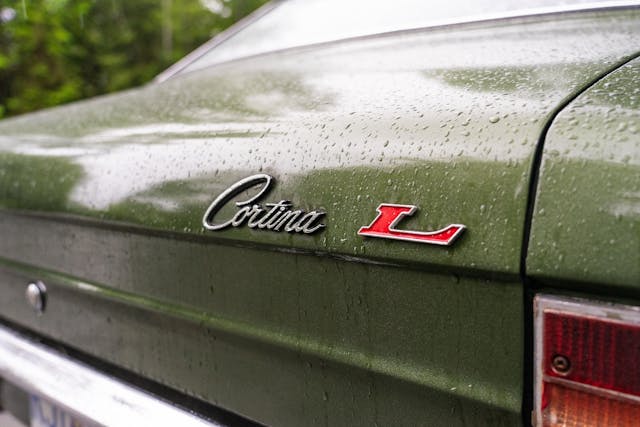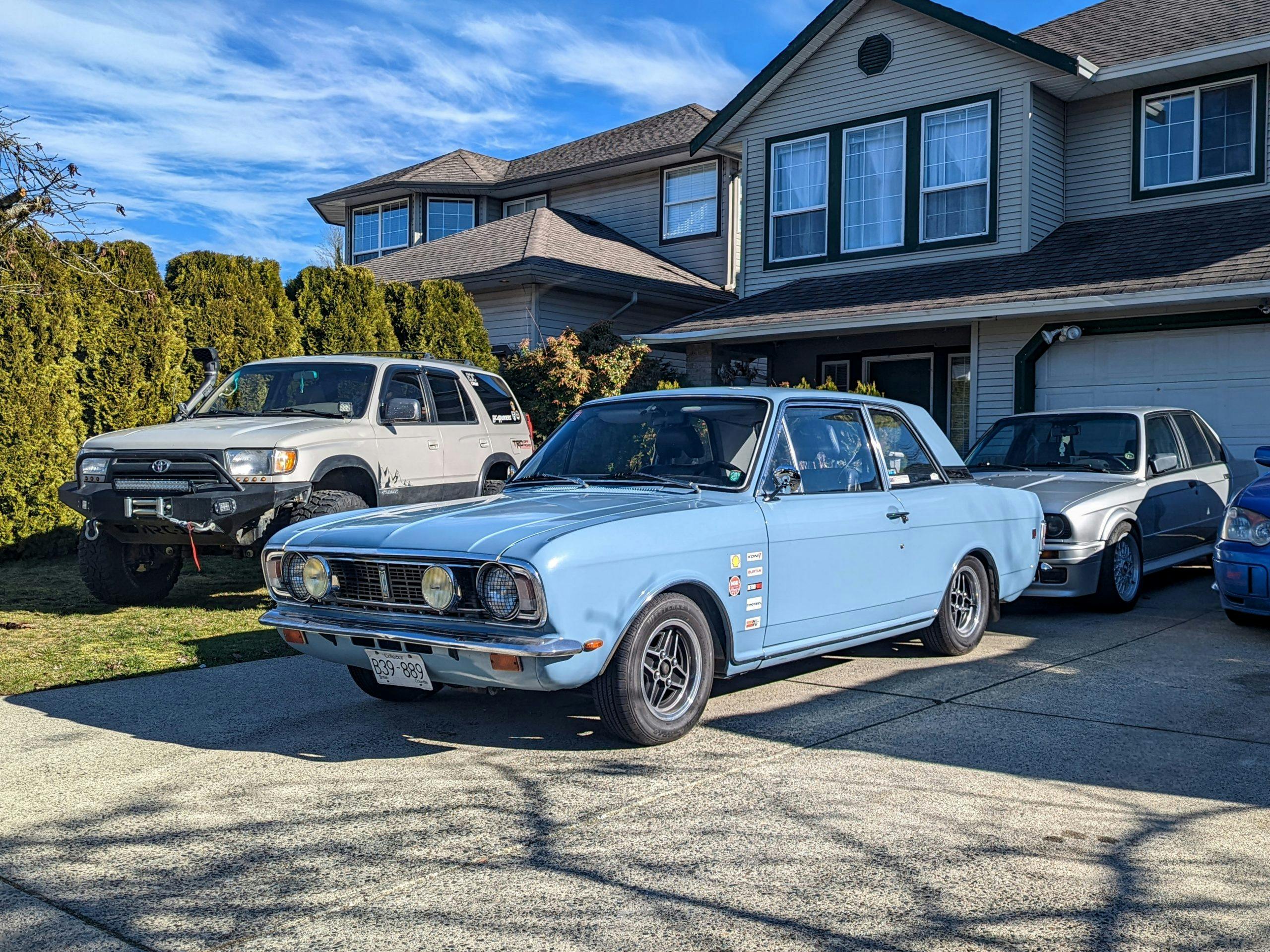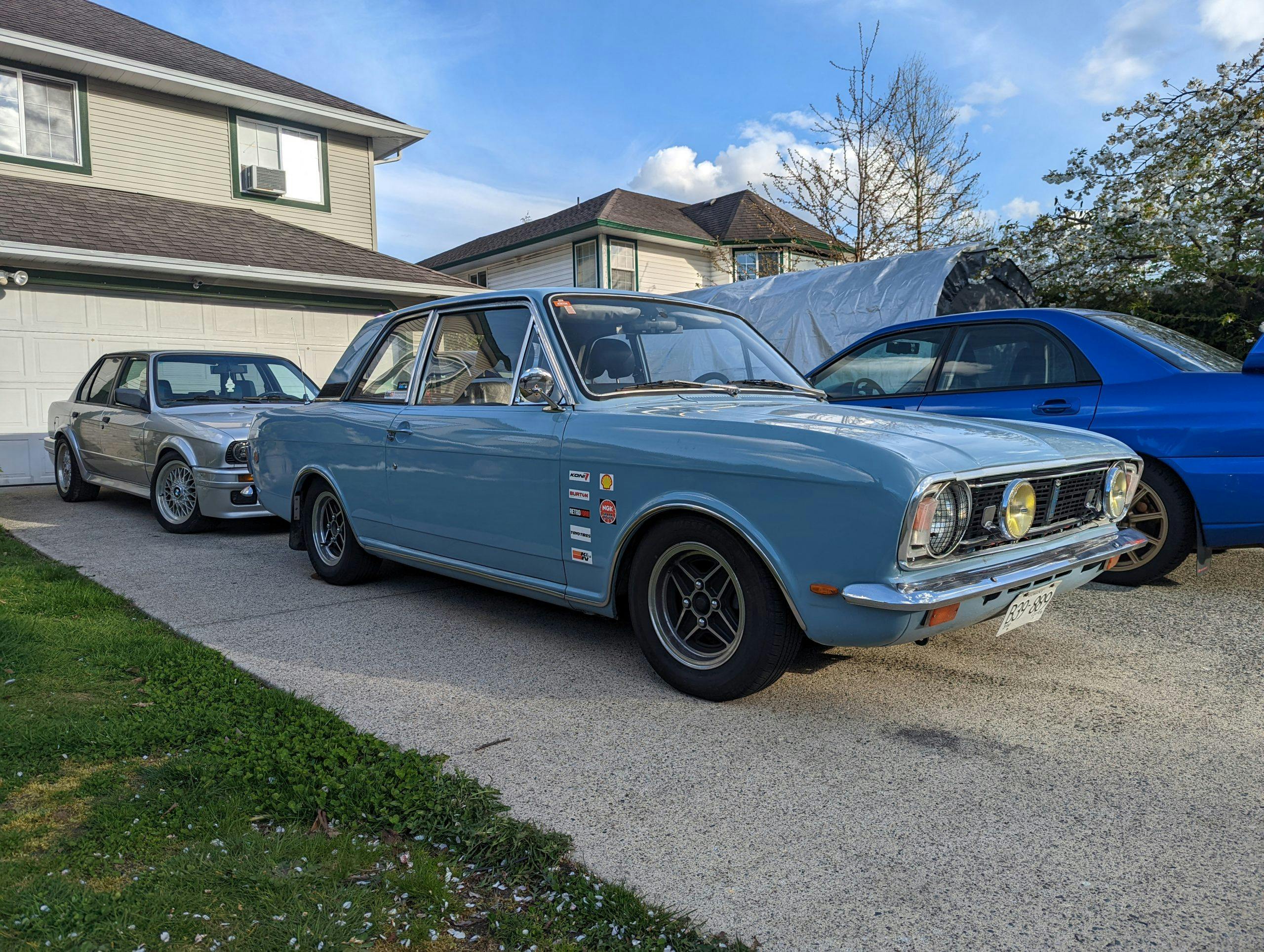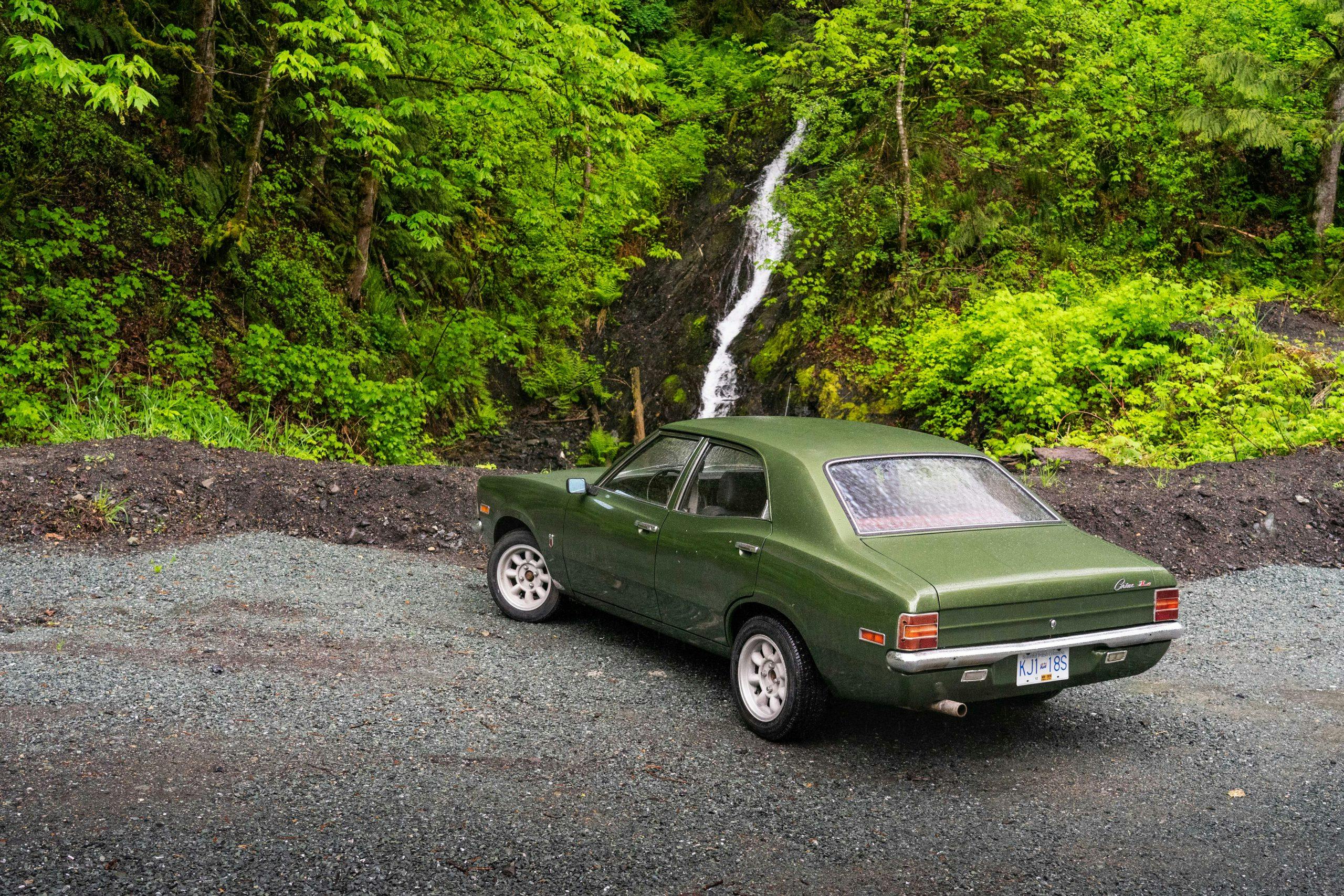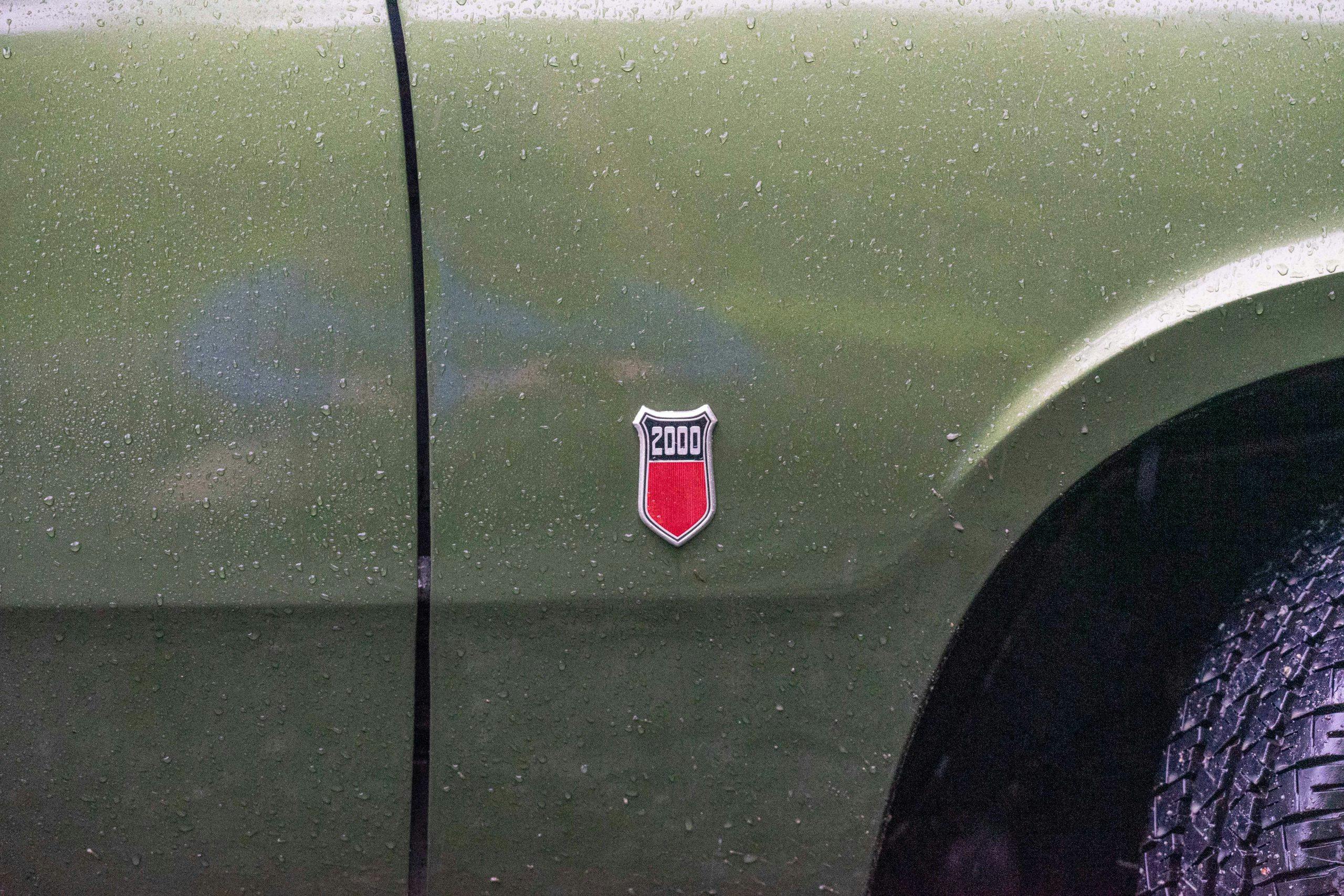Media | Articles
These Canadian-spec British Fords owe their survival to two dedicated kids
In Canada, we still print Queen Elizabeth II on our money. We spell “aluminium” with the extra syllable. We can stroll into a Tim Horton’s and purchase a piping cup of properly steeped orange pekoe tea. Canada’s population may not be primarily British, but British tastes linger here.
A few remnants from our U.K.-infused past are harder to preserve. Take the Canadian-spec 1972 Ford Cortina Mk III, for example. Ford sold them here by the thousands in coupe, sedan, or wagon form, and they were never offered south of the border. The details are wonderful for anyone who delights in automotive trivia: The Can-spec side-markers are shared with the DeTomaso Pantera, the same model in which Tim Horton met his demise.
Fans of British automotive history are more likely to geek out about this car’s owner than its obscurity, however. Now 26 years old, David Lawton has owned this car since he was twelve and is responsible for nursing it back into road-worthy condition. This Saturday, May 21, you can find Lawton’s Cortina at Vancouver’s All British Field Meet, a Hagerty-sponsored event returning after a two-year hiatus.
If you live in the West, the ABFM is a must-visit event. Perhaps due to B.C.’s high concentration of British expats (especially across the water in Victoria), the breadth and depth of British automotive heritage on display at the Van Dusen gardens is astounding. It’s a wonder the lawn survives the oil leaked onto it.
The 2022 event commemorates three anniversaries: 60 years of the Jaguar E-Type, 50 since the birth of the Triumph Stag, and a full century for English Fords. Visitors can, of course, expect to see Triumphs and Minis, Land Rovers and Lotuses, and a stand of Morgans.
Marketplace
Buy and sell classics with confidence
Since the wheels fell off the British motor industry in the 1970s and 1980s, most devotees of these cars are developing some grey hairs. Thus, it’s heartening to stumble across young Canadians who are passionate about gently rusting English steel.
Lawton’s story centers on family. A mechanic by trade, he intended his Cortina to be a high-school project car, like the MGB his father had bought on the cheap and fixed up during his teenage years. The younger Lawton found the Ford abandoned behind a restoration shop, its rumpled transfer title dating back to 1989. As he put the car back together, Lawton learned to wrench and weld. He’s since upgraded the Cortina’s brakes, beefed up a few mechanical pieces, and swapped in a five-speed transmission. He drives it regularly.
His Cortina looks the absolute business. The car’s quick, cheap paint job displays some patina, but the imperfections add to its character. You imagine it lurking in a London alley, undercover detectives in belted leather jackets lounging in its front seats, chain-smoking Woodbines.
Ford stopped shipping Cortinas to Canadian dealers in 1973. Mk. III models had convinced 12,000 customers to part with their Queen-themed currency, but the volume wasn’t sufficient. As in the U.S., the Pinto became the smallest Ford in Canadian showrooms until the Fiesta appeared.
British Ford enthusiasts in Canada found other heroes, though. By the time Brian O’Connor jumped a 1970 Escort Mk I RS1600 across a highway in Fast & Furious 6, plenty of gearheads recognized the feisty compact. English “Fast Fords” may not have been a common sight, but Canadians knew Blue Oval performance came in flavors other than Mustang.

When British-Ford owner Daniel Fonseka was born, the original Fast and Furious movie hadn’t hit theaters. Even so, his 1969 Cortina GT provides a template for saving British cars: Tune them up, then get out and drive them.
Similar to Lawton, Fonseka took inspiration from his father’s MGB. (In this case, Fonseka Sr. is also a Cortina fan, with a 1966 GT liveried in Lotus’ green and white.) Daniel stumbled upon his ’69 on Craigslist when he was 15 and did most of the work himself at his high-school shop.
Under the hood of Fonseka’s Cortina sits a 2.0-liter four-cylinder plucked from a 2003 Focus and fitted with twin Mikuni carbs. The car sits 2 inches lower than stock on refurbished RS-style wheels. A Quaife limited-slip differential hides out back.
Now 21, Fonseka is apprenticing to be an automotive technician, and he’s applying the skills he’s learning to polish up some of the mechanical details on the Cortina’s engine swap. An upgrade to a five-speed manual transmission is in the cards someday. For now, he drives it whenever he can. You can find him and his restomod cruising down to the ABFM in convoy with his dad’s more traditional Cortina.

They won’t be the only family headed to the All British Field Meet this weekend, either. Located in the center of Vancouver, this long-running event draws crowds that are a bit more varied than most you’ll find at smaller marque-specific car shows. Even if you don’t know a Prefect from an Anglia, something in this diverse bunch will get you excited. The ABFM is even hosting a specific class at the ABFM for those among the younger generation who’ve inherited a passion for all things British and wheeled. Lawton’s 1973 Cortina qualifies for this Young Entrant class, and will be judged on the lawn.
These two young Cortina owners aren’t just about preserving Canada’s automotive heritage; they are committed to experiencing it. They live to wrench on and drive their cars. Whatever side of the Atlantic you happen to live on, it’s hard to imagine what higher honor a Canadian could give to a British product.

